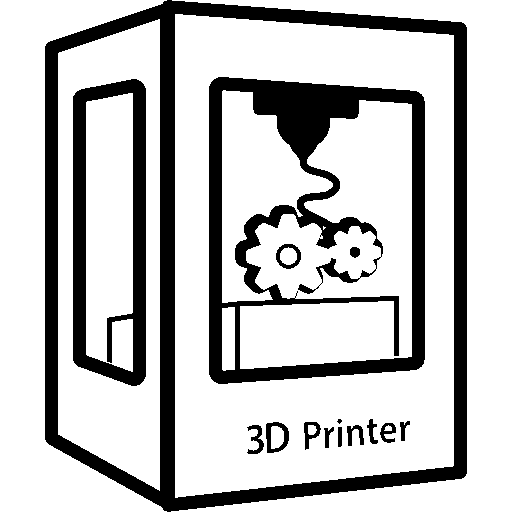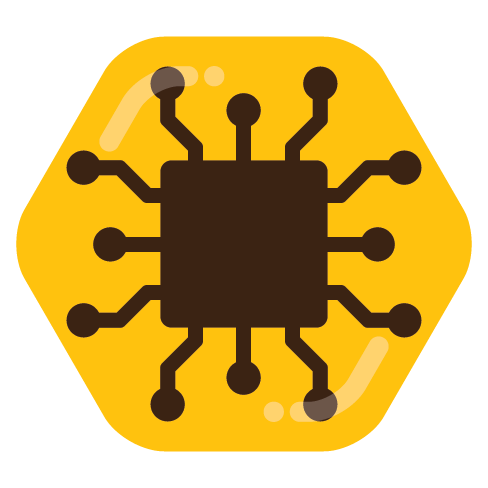

North America yes. I’ll look at Innovelli.


North America yes. I’ll look at Innovelli.
https://www.sovol3d.com/products/sovol-sv08-3d-printer
This one is awesome. Open source everything. Based on the Boron and a pretty good price too.


Oh yeah if AV1 is so great how come there isnt an AV tw…oh wait…


Absolutely!


I’m signing up with us mobile. They support all 3 major carriers.
Its not even a matter of the esim not registering. The menu itself isn’t correct on the Moto. When I hit add esim, before I even try to input anything, its immediately an error screen that says call T Mobile.
I found a very old XDA post that said if I ever unlocked the bootloader on this model phone at any point before the phone was paid off (I did at some point for some reason) it blows a fuse on the phone itself that permanently disables esim functionality. I haven’t been able to verify that anywhere else and also seems illegal.


Unfortunately no. I’m no longer a T-Mobile customer. I unlocked my phone after the contract and immediately moved to Verizon with a physical Sim.
Now trying to move to a subcarrier and trying to use an e-sim but it isn’t working.


That’s the plan so far. In the meantime, I’m back on the trusty old pixel 4a


Who do you like instead?

USB ssds seem to have a lot of weird issues being used for a nas drive. Sometimes its a power management thing on the SSD itself, sometimes its something odd with the USB controller on the host. Occasionally the power supply of the sff pc doesnt have enough amps for all of the peripherals. Using an intermediary like a usb hub makes all of these issues worse since you add another device with its own potential conflicts.
Not to say its not possible to do, but USB drives and NAS’s rarely play nice together.


Does anyone know if there are any plans to port this to raspberry pi?


The Amount of Ads you see won’t change, just their relevance to you.


Right. Just make a super super good compatibility layer so whatever you have next will be compatible and give up on Windows proper. They can call it Windows 360.


Honestly, it seems like it would be easier to contribute Dev time to WINE and just start all over with a new incompatible version of Windows.
If you like fedora as a base, you can install the Gnome version of fedora and install the Pop Shell. It has autotiling that you can turn on and off while you get used to it if you want. Its what I run on Nobara and it works perfectly fine for me.


Indeed they are, but every single site wants my email and birthday before I can view content now. I don’t knock them for trying to make money from ads but I don’t need them selling my email address on the side too.


I’ve actually been using it for years but I’ve never messed with the launch gestures before. That’s a super useful feature.


KISS launcher is exactly what I was looking for in a launcher. 5 always used apps at the bottom calendar and weather widgets on the home screen, search for everything else. It seems like it used to have a lot of problems with custom icons but lately it’s been pretty much perfect.
Maybe not that much more complicated, but it does give a less experienced user a lot more opportunities to make a mistake that could result in data loss or just a computer that suddenly decides not to boot Linux anymore since a Windows update broke grub.


From a Star Trek perspective, when they have to eject the (warp) core they are also in for a pretty bad time.
Thank you. I’m not too worried about installation as long as they fit in the outlet box. I’ll look into these.